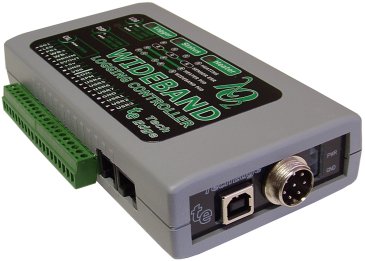This page is designed to help explain, solve, expand, rectify deficiencies, etc.:
- how or why things work a certain way,
- how to do things that may not be immediately obvious,
- further explanations or technical information,
- how we stuffed up and how you can fix or modify things.
Model Differences 3A1, 3A2, 3E1 & 3E2
First a quick reminder of the differences between the 3A and 3E models. The 3A and 3E models share the same basic circuitry, case and label and even have the same firmware version for a given sensor type. The 3A models do NOT have an inbuilt display, the 3E models have an inbuilt 4 digit red LED display that has a subset of the capability of external displays like the LD02.
The 3x1 models do NOT have internal logging memory whereas the 3x2 models have 1 Mbyte of internal logging memory as well as a USB interface. The USB (a USB-B socket) interface replaces one of the two 8 pin RJ45 serial sockets.
The label on each model is the same but not all buttons have a function. the 3A1 has only a functional CAL button. The 3A1 adds the LOG button. The 3E1 and 3E2 add the DSP display to change the currently displayed view.
Index
At the moment we have a small list of problems. We hope to expand it with your feedback
- CAL button not working? Wiring Issue, April 2009.
- Thermocouple Channel Problems, April 2009.






